Trinity nuclear test brought peace in 1945 and proliferation in decades to follow
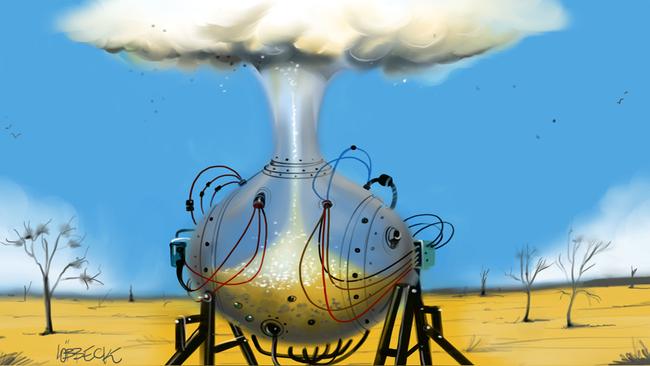
Gathered to witness the detonation was an extraordinary conglomeration of intellect. There were European emigres Edward Teller, Leo Szilard and Enrico Fermi as well as Berkeley’s Ernest Lawrence and Harvard’s James Conant. The project was led by physicist Robert Oppenheimer and US Army Major General Leslie Groves.
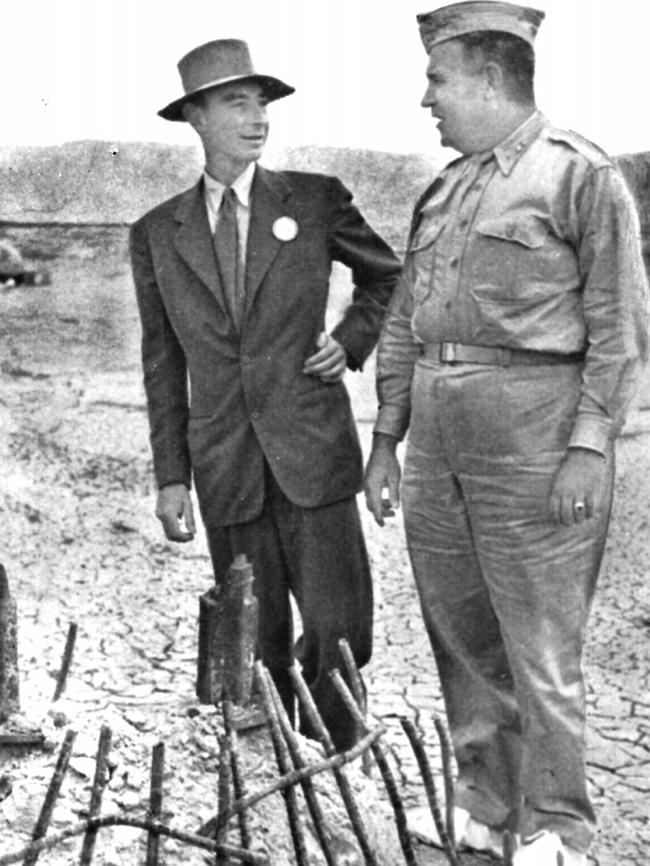
If only the US could establish an equally strong partnership among the military, industry and academe today.
The device, nicknamed “the Gadget”, was less than 2m in diameter and covered with cables, metal fuse boxes and masking tape, not at all like today’s immaculate weapons. It could have been a component of an elevator. The plutonium core was transported separately in the back seat of an army sedan. Oppenheimer didn’t want to risk blowing up any towns along the way.
There was a betting pool among the scientists on the bomb’s yield (its TNT equivalent in kilotons). Norman Ramsey, the pessimist, guessed low at zero. Teller wagered high at 45kt. Nobel laureate Isidor Isaac Rabi won the pool at 18kt. He entered late and 18 was the only number available.
All doubt disappeared when the Gadget ignited with a blinding flash charging upward into the stratosphere.
Philip Morrison, a 29-year-old physicist, remembered feeling a heat like the sun break that cold desert morning. Oppenheimer simply said: “It worked.”
A city centre could be destroyed in an instant. But the historic event remained a closely guarded secret for two weeks. President Harry S. Truman, in Potsdam for the post-VE conference with Joseph Stalin and Winston Churchill, was handed a telegram that evening: “Operated on this morning. Diagnosis not yet complete but results seem satisfactory and already exceed expectations.”
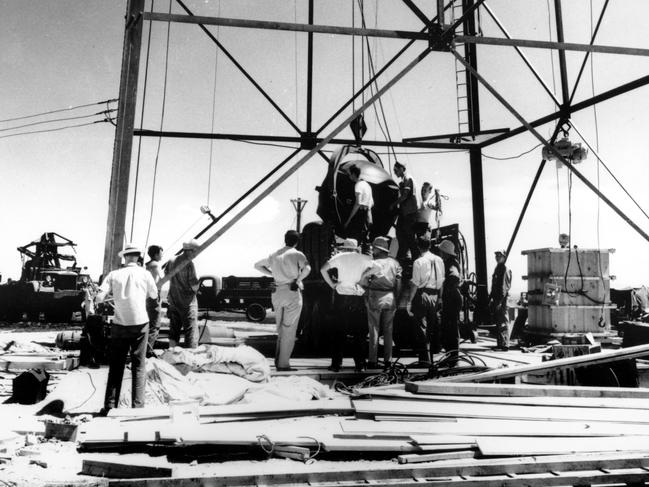
When Truman told Stalin the US had a powerful new weapon, the Soviet dictator showed no surprise. Truman didn’t know that Stalin had been kept in the loop throughout the project by two spies in New Mexico, the more important being Klaus Fuchs, a German exile and a communist.
Four hours after the blast, almost 1500km away, another bomb, “Little Boy”, embarked from Hunter’s Point in San Francisco on the USS Indianapolis, bound for the B-29 base on the island of Tinian. On August 6, it destroyed Hiroshima. The Manhattan Project ($US2.2bn) and B-29 bomber ($US3bn) were the war’s most expensive projects.
The reaction within Allied countries to the atomic bombings of Japan was relief. They ended the most brutal war in history without an invasion of the Japanese home islands, which would have resulted in millions of casualties.
The US held a monopoly on operational nuclear weapons, until the Soviets detonated “First Lightning” on August 29, 1949 — a direct copy of the bomb dropped on Nagasaki four years earlier, thanks to the spy Fuchs.
The nuclear club has expanded since then. Though dozens of wars and skirmishes have been fought since Nagasaki, killing millions, no nuclear weapon has been used in anger.
The Wall Street Journal
Warren Kozak is author of LeMay: The Life and Wars of General Curtis LeMay.
More Coverage
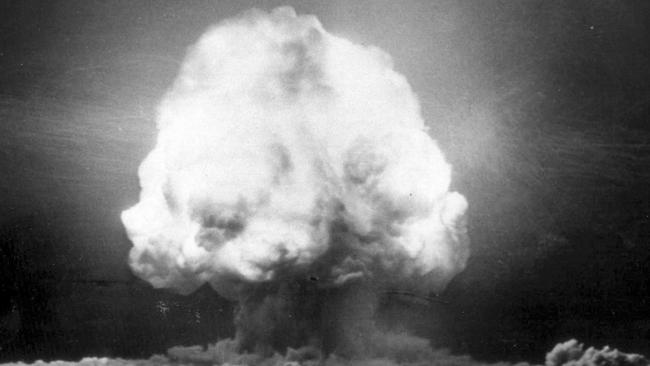



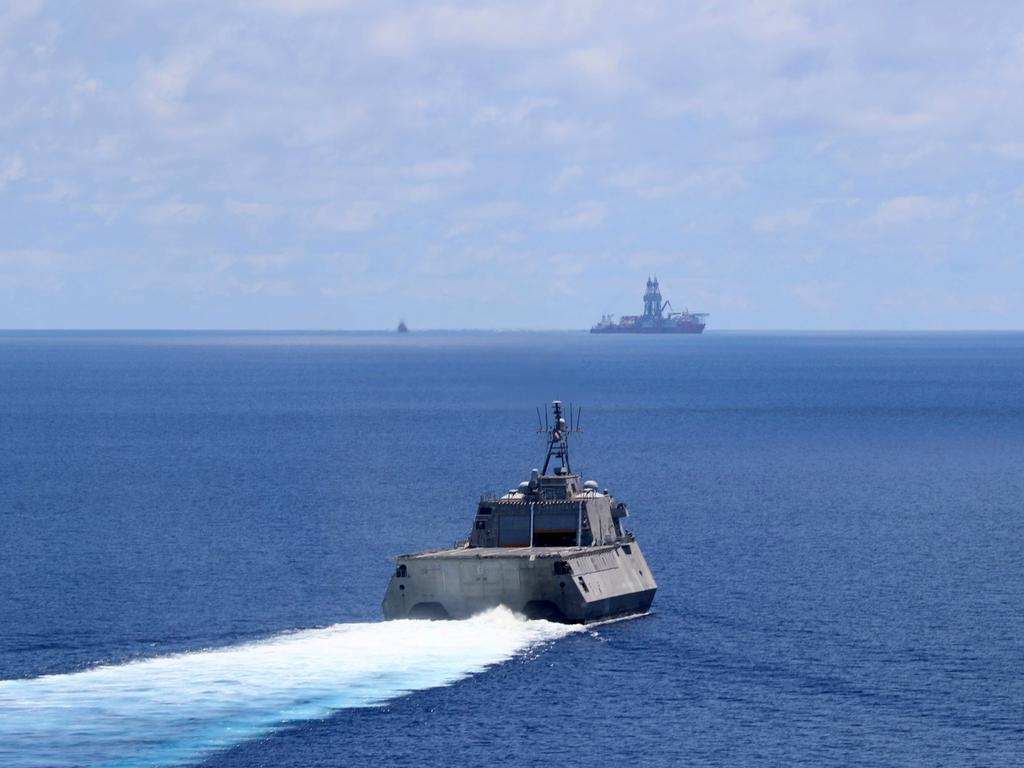
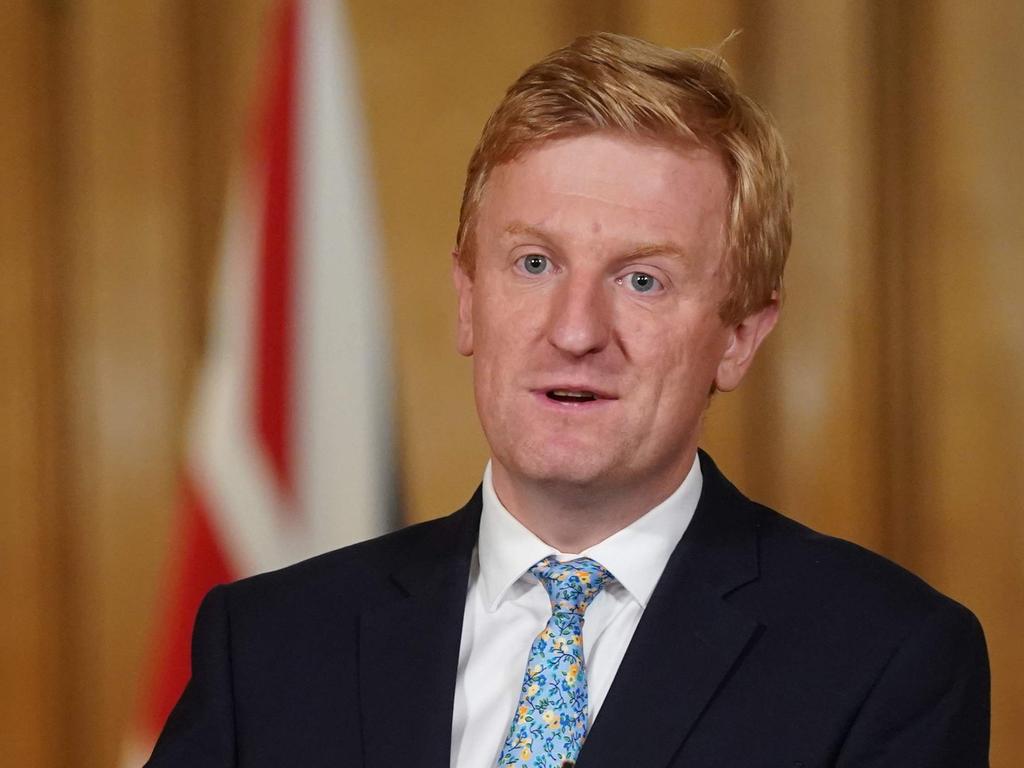


Seventy-five years ago today, the world’s first atomic explosion, codenamed Trinity, jolted the New Mexico desert just before dawn.